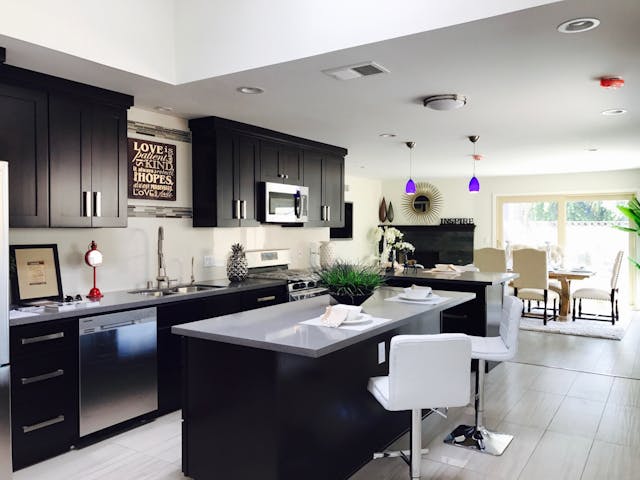FAQs Section
- Q1: How do you keep appliance cords safe?
If equipment lists the cord each individual product offers, wrap cords all-around approach it. Wrap them in homologous rubber bands or twistier-tips to avoid messiness.
- Q2: Would regular boxes be enough for packing the previous section?
Any old boxes will do, since they typically have no buttons or other small components that could be easily damaged, as long as what you use is sturdy enough to support the weight of the device inside without ripping. Heavy items should be packed in a stronger, reinforced box.
- Q3: How can I prevent items from moving around in the box?
Place packing paper, foam peanuts or bubble wrap around each item until it does not move when you give it a gentle shake.
- Q4: Should I Save The Original Box So That Packing Becomes Easier?
If possible, yes. Original boxes are created to hold the unit tightly and not move around in the box which means it will sustain less damage during shipping.
- Q5: Can I stack appliances inside boxes together to save space?
It is strongly not recommended to stack them as they can easily be damaged. Wrap up each appliance in insulation or insert protective inserts if they are to be stacked.
- Q6: When should I begin packing kitchen appliances?
You can pack appliances not used on a daily basis as early as two weeks before moving day in order to save time and reduce stress.
Difference table of the Content
| Section | Key Points |
|---|---|
| Introduction | Importance of packing kitchen appliances safely due to their size, shape, and fragility. |
| Why Proper Packing Matters | – Protects delicate parts from damage. – Conserves space during transport or storage. – Simplifies assembly. |
| Essential Packing Materials | – Bubble wrap for cushioning. – Kraft paper to prevent scratches. – Various box sizes for stability. |
| Step-by-Step Packing Process | 1. Clean and Dry: Ensure appliances are free of dust and moisture. 2. Disassemble Parts: Remove components (e.g., blades, filters). 3. Wrap Each Component: Use bubble wrap or packing paper for smaller parts; multiple layers for larger surfaces. 4. Choose the Right Box: Use reinforced boxes for heavy items; avoid oversized boxes. 5. Cushion the Bottom: Line boxes with bubble wrap or crumpled packing paper. 6. Secure the Appliance: Place in the center with cushion around it; shake test for movement. 7. Fill Empty Spaces: Use shipping blankets, packing paper, or foam peanuts to fill gaps. 8. Seal the Box: Use packaging tape; double-layer for heavier items. 9. Label Each Box: Clearly categorize for careful handling. |
| Packing Specific Appliances | – Blenders/Food Processors: Separate motor base from jars and blades; protect blades. – Stand Mixers: Pack bowl and attachments separately. – Coffee Machines: Empty water and pack removable parts securely. – Microwaves: Remove glass tray; pad the door. – Toasters: Clean crumbs; fill with packing paper. |
| FAQs | 1. How to keep appliance cords safe? 2. Are regular boxes sufficient? 3. How to prevent movement? 4. Should I save the original box? 5. Is stacking appliances safe? 6. When to start packing? |
| Packing Large Appliances in Luggage | – Create an inventory for tracking. – Pack based on usage frequency. – Consider climate for storage. |
| Conclusion | Proper packing saves money on repairs and ensures safety; a worthwhile investment of time and effort. |


